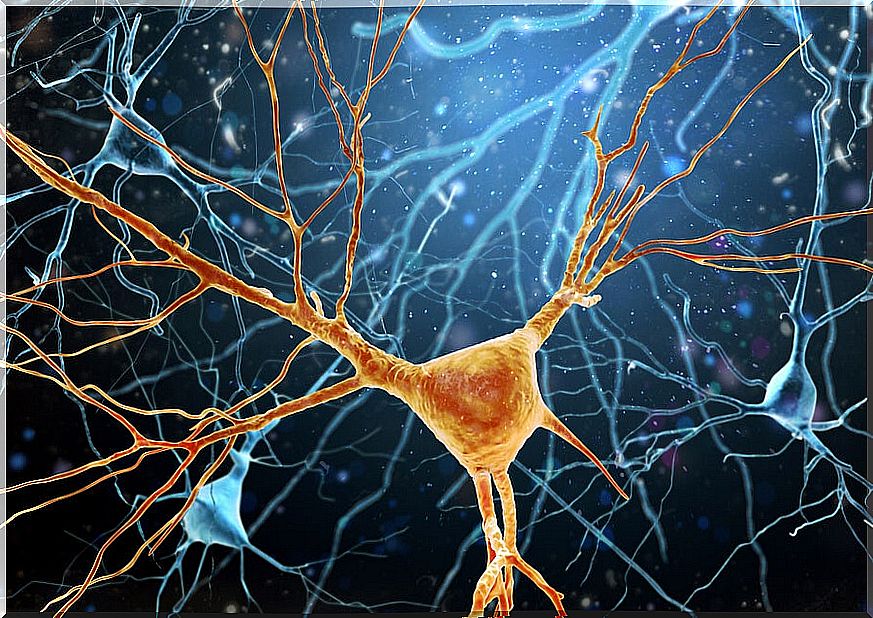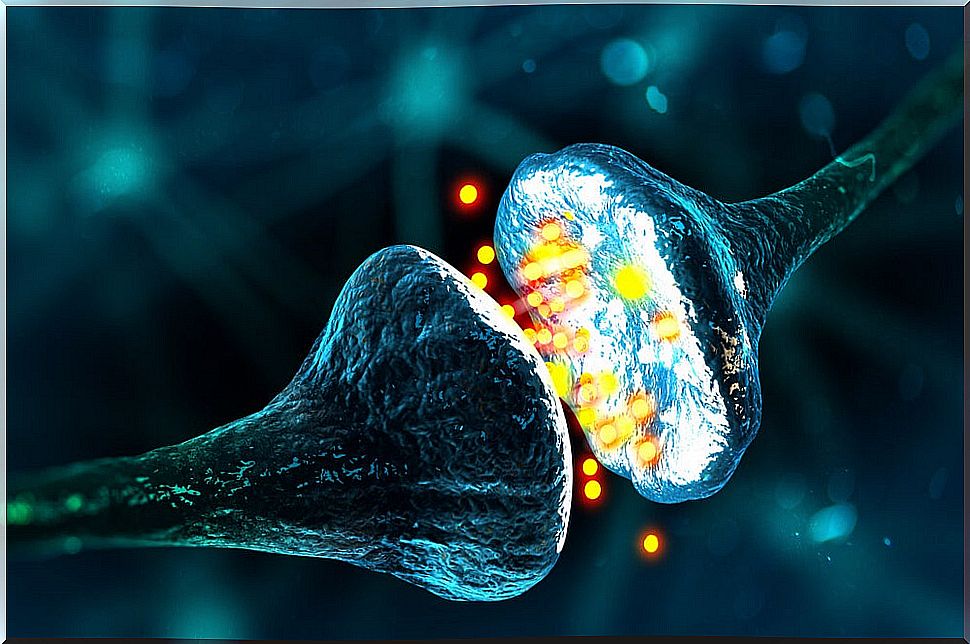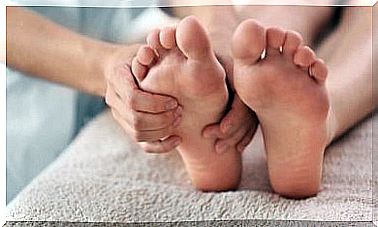Lack Of Glucose And Neuromotor Diseases
Neuromotor diseases are also known as motor neuron diseases. This name is due to the fact that they affect the performance of this region of the nervous system. Lack of glucose was not always linked to these pathologies, but new discoveries point in that direction.
Motor neurons can be higher or lower. The superior ones are those that are located in the brain and command the orders for the movements. Lower down in the spinal cord are the lower ones, who finally execute the movement itself.
The actions commanded by motor neurons are multiple, however, they always involve movement. Stretching an arm, taking a step, or chewing all depend on this part of the nervous system.
Although there has always been a tendency to link proteins and lipids as determining factors in neuronal growth, now the lack of glucose appears as a possible risk factor for neuromuscular diseases. This changes the perception of glucose as a source of energy only.
If in motor neuron diseases the problem is the destruction of these cells, the question would be to find the cause of the destruction. Including nutritional aspects in the equation makes the subject interesting from the point of view of prevention.
UIC Barcelona research
The research group on neurolipids at UIC Barcelona is dedicated to studying lipid metabolism and cellular signals in the nervous system. Along these lines, they have found that a lack of glucose can be a determining factor in neuromuscular diseases.
So far, the origin of motor neuron diseases is unknown. Risk groups and factors are known, and specific cases have been thoroughly studied to track genetic alterations, but nothing can be said for sure.
Neurologists classify causes as environmental, toxic, hereditary, and even viral. Neuronal degeneration can also come from another underlying disease that, collaterally, degrades neurons; like brain cancer, for example.
The UIC Barcelona research group, studying the CPT1C protein for its role with lipids, was able to attribute sensor functions to it. This means that CPT1C can measure glucose levels and force the neuron to act accordingly.

Another study on glucose deficiency and neuromotor diseases
Other scientific investigations are heading in the same direction. Studies on nutritional stress reveal that a lack of nutrients can completely change what a cell does to grow.
A smaller contribution of glucose, proteins or lipids, will modify the genetic expression of different tissues. Some are more sensitive to protein deprivation and others to the absence of glucose.
As we anticipated, motor neurons were always related to proteins and lipids. It was assumed that these cells grew at their ends due to the lipid supply, and transcribed their genetic information through protein action.
The new advances put glucose as a substance capable of regulating nutritional stress. What if our diet is rich in lipids and proteins, but low in carbohydrates? A more than current debate is opening on nutritional plans such as low-carb .
The importance of the relationship between glucose deficiency and neuromotor diseases

If the CPT1C protein of neurons is able to measure the amount of glucose that is available, and based on this regulate the growth of neurons, the origins of certain neuromotor diseases could be found. Researchers at the UIC Barcelona point to hereditary spastic paraplegia.
New research is also proposed that delves into the relationship between glucose deficiency and the power of gene expression. The public health implications are enormous, as malnutrition is a stressor on the planet’s most vulnerable populations.
It follows from this line of research that we not only have to focus on motor neuron diseases, but on a broader field of action. The health of the pregnant woman, for example, would also be relevant if it is proven that a nutritional depletion during pregnancy translates into a neuromotor disease.
More future studies
The UIC Barcelona research group continues its path of scientific studies on the nervous system. It will be a matter of being attentive to future communications to better understand how this line of discoveries is progressing, and what applications are started from it.









